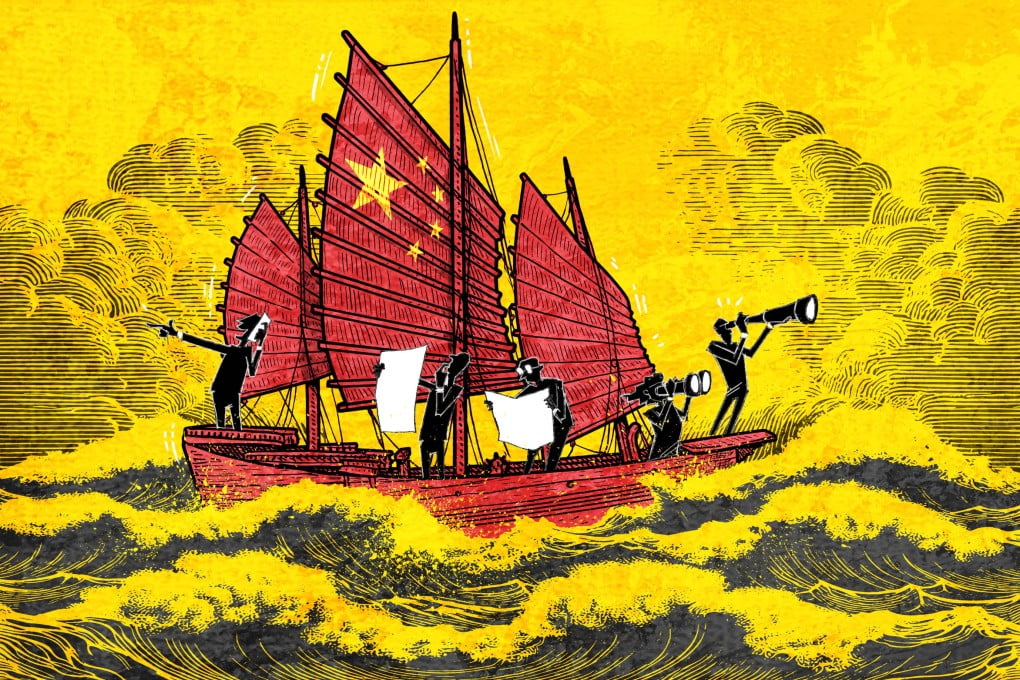China’s third plenum: few ‘bold’ moves in store but analysts watch for structural reforms
- Expectations low of any major shake-up this time at third plenum, a landmark event since Deng Xiaoping’s groundbreaking reforms in 1978

But few observers expect major directional shifts when the Central Committee meets this time around.
This is because, unlike third “plenums” in the early years when factional differences needed to be ironed out before a final plan was announced, President Xi Jinping’s vision has already dominated China’s economic agenda for years.
The 370 or so members of the committee, chosen at each twice-a-decade national congress, include the party’s top decision-making Politburo, as well as ministers, provincial party secretaries, senior generals and heads of state-owned enterprises (SOEs). They usually gather for seven plenary sessions over the committee’s five-year term.
The third plenum has been a landmark event since 1978 – when paramount leader Deng Xiaoping set a closed and poverty-stricken China on the road to reform and, among other key decisions, allowed foreign businesses to operate in China.
